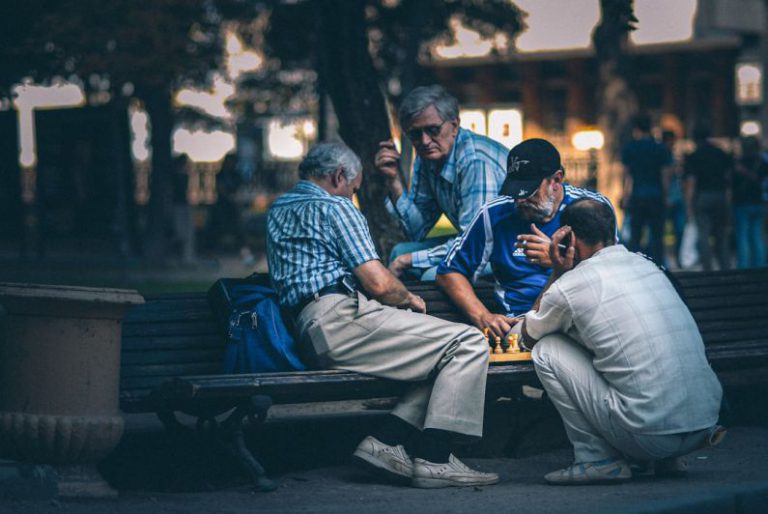Tasting the Aromatic World: a Review of Darjeeling Tea
Darjeeling Tea: A Journey through Aromas and Flavors
Nestled in the foothills of the majestic Himalayas lies the enchanting region of Darjeeling, renowned worldwide for producing one of the most exquisite and sought-after teas in the world – Darjeeling tea. Often referred to as the “Champagne of Teas,” this unique brew captivates tea connoisseurs with its delicate aromas, complex flavors, and exceptional quality. Let’s embark on a sensory journey through the aromatic world of Darjeeling tea and explore what sets it apart from other teas.
The Essence of Darjeeling Tea
Darjeeling tea is a type of black tea that originates from the picturesque Darjeeling district in the Indian state of West Bengal. What makes Darjeeling tea truly exceptional is its terroir – the combination of soil, climate, altitude, and weather conditions that give the tea its distinctive characteristics. Grown at elevations ranging from 3,000 to 7,000 feet above sea level, Darjeeling tea benefits from cool temperatures, ample rainfall, and abundant sunshine, which contribute to its unique flavor profile.
A Symphony of Aromas
Darjeeling tea is renowned for its captivating aromas, which range from floral and fruity to muscatel and nutty notes. The first flush Darjeeling tea, harvested in the spring after the winter dormancy, is prized for its light and delicate flavors, often compared to muscatel grapes or a fresh bouquet of flowers. Second flush Darjeeling tea, plucked in the summer months, offers a more robust and full-bodied profile, with hints of ripe fruits and a honey-like sweetness. Autumn flush Darjeeling tea, harvested in the fall, is characterized by its earthy notes and a mellow, comforting aroma.
The Taste of Elegance
Darjeeling tea’s flavor profile is as diverse and nuanced as its aromas, offering a delightful sensory experience with every sip. The liquor of Darjeeling tea ranges from pale golden to deep amber, depending on the flush and processing method. The taste of Darjeeling tea is often described as muscatel, a term that refers to a unique flavor reminiscent of muscat grapes, with a sweet and slightly astringent finish. The first flush Darjeeling tea is prized for its light and delicate taste, while the second flush Darjeeling tea boasts a more robust and complex flavor profile. Autumn flush Darjeeling tea offers a rich and soothing experience, perfect for cozy evenings.
Brewing the Perfect Cup
To fully appreciate the aromas and flavors of Darjeeling tea, it is essential to brew it with care and precision. Use freshly boiled water that has been allowed to cool slightly, as boiling water can scald the delicate leaves and result in a bitter brew. Steep the tea leaves for 2-4 minutes, depending on your preference for strength, and strain the tea into a pre-warmed cup to preserve its warmth. Darjeeling tea can be enjoyed plain or with a splash of milk and a touch of honey or sugar to enhance its natural sweetness.
Exploring the World of Darjeeling Tea
Darjeeling tea offers a captivating journey through a world of aromas and flavors, inviting tea enthusiasts to explore its rich heritage and exceptional quality. Whether you prefer the light and delicate notes of the first flush or the robust complexity of the second flush, Darjeeling tea has something to offer every palate. So, brew yourself a cup of Darjeeling tea, close your eyes, and let the aromas and flavors transport you to the enchanting hills of Darjeeling, where every sip tells a story of elegance and sophistication.






